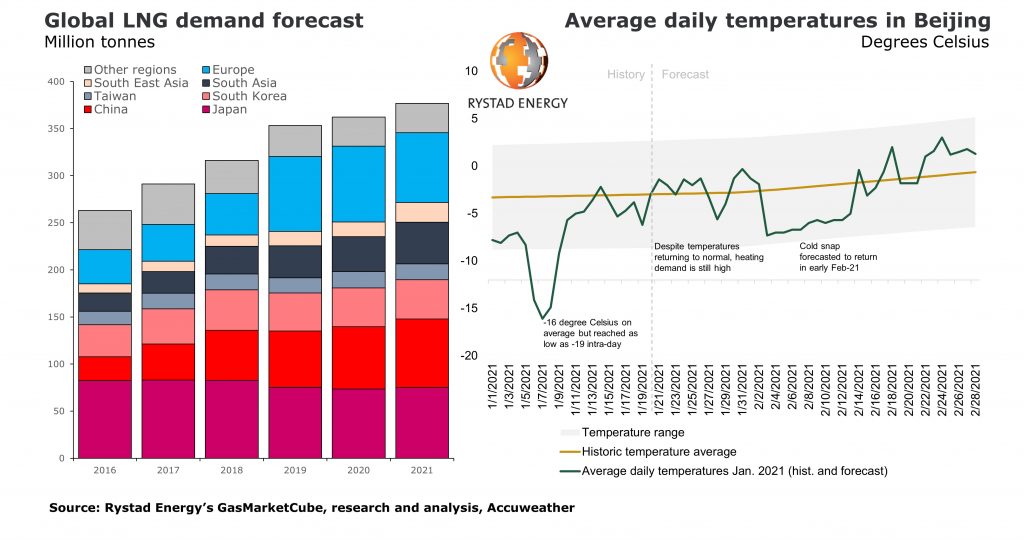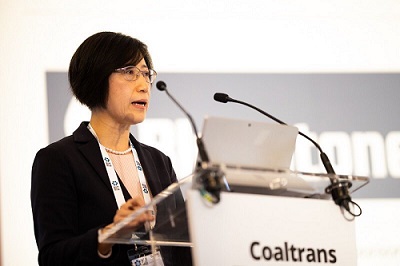

With most of Japan’s nuclear reactors still offline in the wake of the Fukushima disaster, Japan has relied heavily on LNG to meet its power demand and is therefore vulnerable to any shock related to the supply and demand balance in the LNG market. The Japanese power sector has also been affected by heavy snowfall and a lack of sunshine, thus affecting solar power generation and worsening the overall power supply.
While the shortage can be offset by increased use of coal and oil, utilities have asked the public to use less electricity, a difficult ask in the midst of freezing temperatures. The situation is hardly better in China.
On 7 January 2021, Beijing recorded its lowest temperature since 1966 – touching -19.6 degrees Celsius. This has sharply lifted Chinese coal demand for both heating and power, and to deal with the demand spike, major north Asian energy consumers have ramped up coal consumption in recent weeks. In particular, thermal coal spot prices in China have soared since the start of the new year.
The cold weather has dampened domestic coal production and transportation, though the nationwide coal shortage started to appear in early November when major domestic coal-producing areas in Inner Mongolia, Shaanxi and Shanxi provinces reported reduced supply due to the government’s crackdown on illegal production and sale of coal.
But the volatile coal market situation has also been exacerbated by the government’s own policy decisions. China’s coal import quota system, plus the informal ban on Australian coal imports, has resulted in limited imported coal available to take up the domestic production shortfall, even though it is substantially cheaper.
Chinese coal buyers were able to increase imports from Indonesia and Russia in December as the annual quota expanded, and have also recently turned to alternative sources of supply, including South Africa and Colombia, but these volumes are reportedly unlikely to arrive in time or in sufficient quantities to meet shortterm demand requirements.
“The new round of lower temperatures can support the high energy prices in the market. As milder weather returns, we expect to see less upward pressure on energy prices.
Still, the market will continue to be tight during the coming months, as challenges in the Panama Canal are yet to be resolved, Chinese coal production needs to recover, and gas storage needs to be restocked for the current market tightness to ease,” says Sindre Knutsson, vice president of gas market research at Rystad Energy.
Source: Rystad Energy
Follow on Twitter:
[tfws username=”RystadEnergy” height=”700″ width=”350″ theme=”light” color=”#FAB81E” tweets=”2″ header=”yes” footer=”yes” borders=”yes” scrollbar=”yes” background=”yes”]













